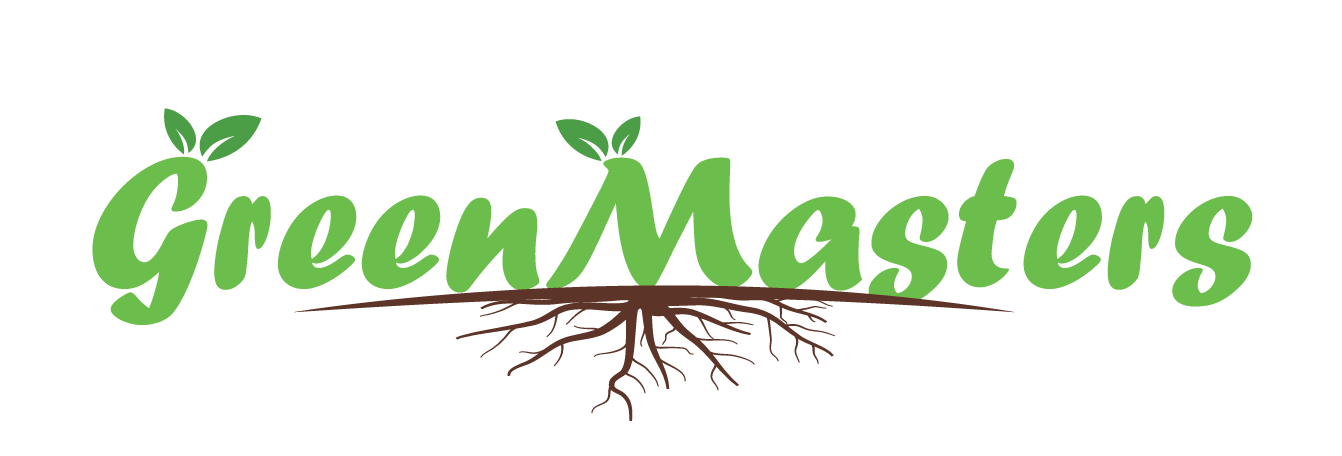How to choose the right fertilizer
A complete fertilizer or plant food – organic or inorganic – is a very basic “stuff” for success in your lawn, landscape, garden and houseplants. With a little research on fertilizers and their recommended uses, you can save money and increase your productivity! There are organic and inorganic fertilisers, both of which are available in powder, liquid and granular fertiliser, take a look at our fertilisers. A study of fertilizers and their recommended dosages is well worth it, both in terms of saving money and in terms of increased productivity and avoiding the risk of overloading your plants!
What are the essential elements of complete fertilizer? A complete fertilizer should contain three basic components of plant nutrients:
- Nitrogen, which promotes leaf and stem growth.
- Phosphorus, which helps plants grow and bloom as well as making their stems strong.
- Potash, potassium which helps root growth and, to some extent, acts as a balancing wheel between the other two.
According to the botanicals, the percentage of these three fertilizer elements that make up the “plant food” should be printed on the bag or container. They are always given in the same order: nitrogen, phosphorus and potassium also known as the n-p-k ratio. For example, a low nitrogen 5-10-10 fertilizer is so because the 1st number represents the nitrogen content! If the amount of each element in a particular fertilizer is not in a form that plants cannot use as plant food, the analysis must also show the percentage that is available to plants.
Many fertilizers also contain a few more elements:
- Iron
- Copper
- Manganese
- Calcium
What are the main types of plant food fertilizers? There are several ways to classify fertilizers, but first they will be divided according to whether they are organic or inorganic..! Complete organic fertilizers are those that come from animals or from plants.. Like manure! Bone meal comes from ground animal bones and other slaughterhouse waste. It is widely used as an organic fertilizer due to its high phosphorus and protein content! Blood or dried blood uses as one of the highest sources of nitrogen. It also provides a high protein content. This comes as a dry, inert powder made up of cattle or pig blood from the slaughterhouse. Fish emulsion fertilizer or fishmeal, this organic fertilizer is grown from bones, by-products and small wild-caught marine fish. This fertilizer offers more protein than any other plant nutrient. On the other hand, kelp meal or kelp compost serves as another good organic feed to the soil. It awakens microbes in the soil to help break down organic matter for plants to eat…! Manure (fresh or dried), derived from animal droppings, is a common organic fertilizer used by farmers to cultivate soil. With a high content of organic matter and nutrients, this material contributes significantly to soil fertility and a generous harvest. You often find manure mixed with compost. These materials are comparatively low in their chemical analysis, but often appear to provide disproportionately to their content. They cannot burn your plants and release their chemicals slowly as they gradually decompose.
Natural Chemicals in Fertilizers Inorganic fertilizers are already in their basic chemical form. Some of these, such as some limes and phosphates, are naturally occurring chemicals. Others are chemically engineered. Since they are already in chemical form – which is the only way plants can get away from their source – they act much faster than organic fertilizers. Decomposition is not necessary. Other points in their favor are that they are usually cheaper, you can more precisely control the amount of plant foods you provide. also higher concentrations of plant fertilizers so you need less minerals than organic fertilizers to do the same job.
Liquid Fertilizers A third major group is the water-soluble liquid plant fertilizers. Here we include both types of organic liquid fertilizers such as liquid fish emulsions and pure chemical or inorganic water soluble fertilizers powders and liquids. Both are convenient to use and equally effective on the ground. The inorganic group, however, lends itself to somewhat more rapid uptake when used for foliar or root feeding.
Fertilizer By Content Type We can also divide fertilizers into two groups according to their content. One is the high-nitrogen type of fertilizer, which promotes leaf growth in grass, leafy greens and leafy plants – that’s why you need to know fertilizer numbers. A good example of this is 10-5-5, which is used as a lawn fertilizer in some areas. The other is the low-nitrogen type, in which phosphorus and potash play a more important role. One of them is 5-10-10, which is mainly used as tree, rose and bulb food. Use the first type where stem and leaf growth is desired and the second where flowers and fruits are important, as well as for all root crops.

